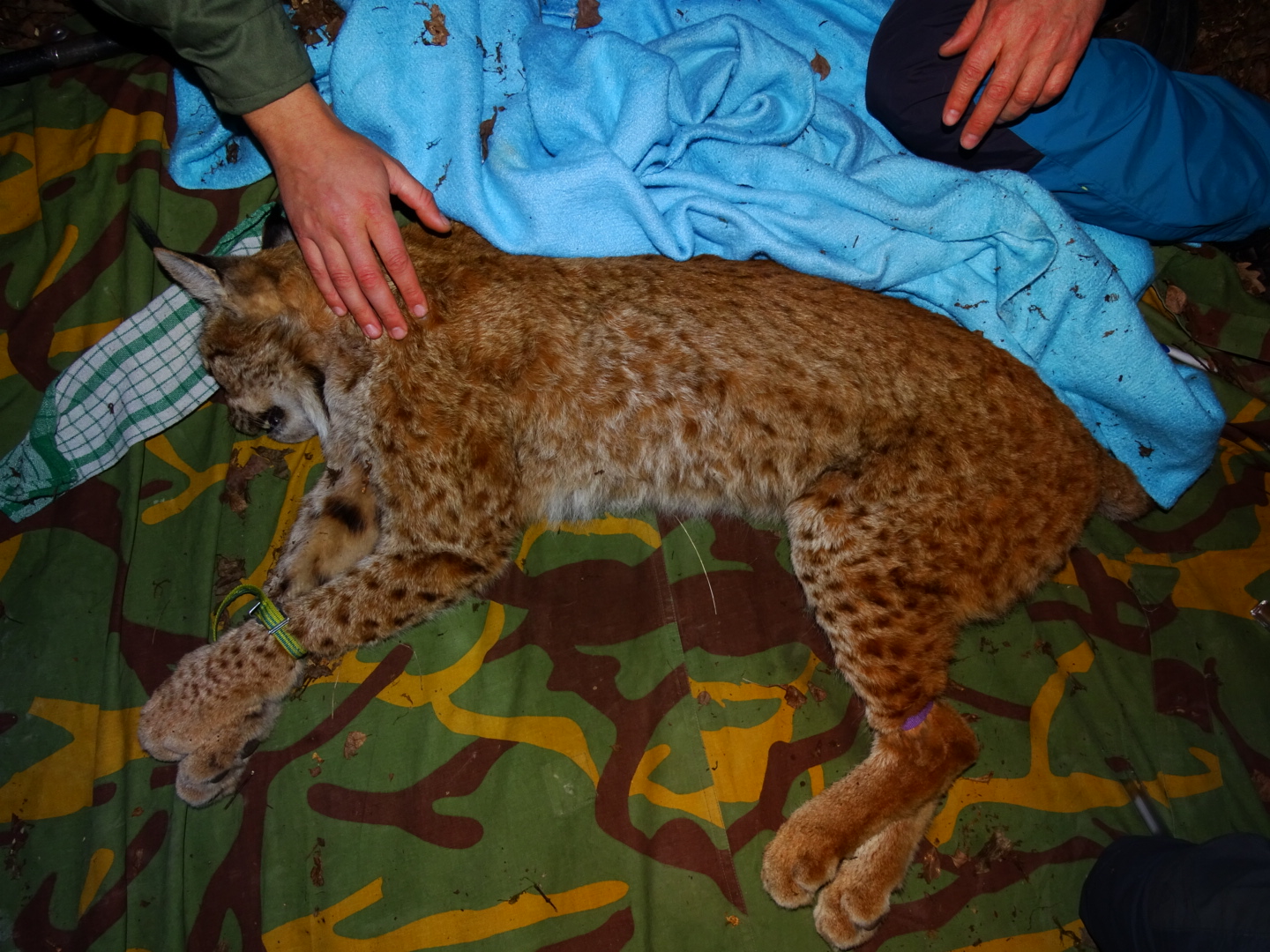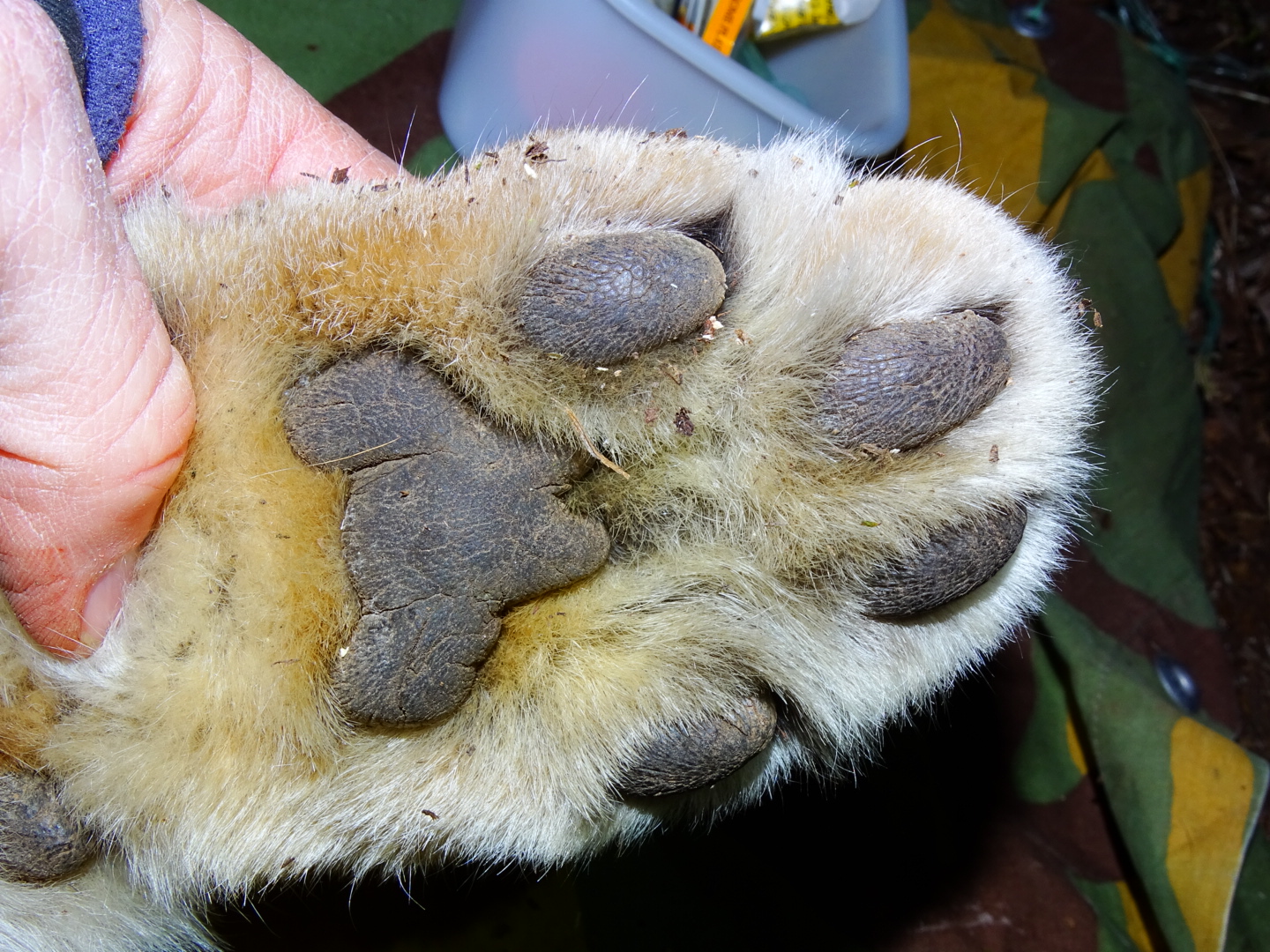The Balkan lynx belong to the critically endangered population of Eurasian lynx, which is today limited to the region of southern Balkans with a stronghold in the western part of Macedonia (Mavrovo National Park). In the past there were many speculations about the ecology of this subspecies and several authors assumed that it may differ from other populations of Eurasian lynx in Europe. For example, it was suggested that Balkan lynx mainly hunt small prey (e.g. hares and rodents) and that their territory size is much smaller.
Few days ago, the first study on the foraging and spatial ecology of Balkan lynx was published in the zoological scientific journal Hystrix. The international research team was led by Dime Melovski from Macedonian Ecological Society and also included members of the LIFE Lynx project. Results obtained through GPS telemetry clearly demonstrated that the behavior of Balkan lynx is actually very similar to the other European lynx populations: they are mainly hunting wild ungulates (roe deer and chamois) and their territory sizes are similar to those of lynx in Central Europe (on average 373 sq. km in males and 119 sq. km in females).

Radio-collaring of one of the Balkan lynx included in the study. Photo: Miha Krofel, LIFE Lynx
New research helped us understand that the Carpathian and Balkan lynx play similar role in the ecosystems and exhibit very similar behavior. Therefore from an ecological perspective, animals from both populations could be used in the reintroduction or reinforcement efforts in our region, where local lynx populations have become extinct in the past. This also confirms that it was a good decision to use Carpathian lynx for reinforcement of the Dinaric population: because Carpathian and Balkan lynx are ecologically similar, it is better to use lynx from larger (i.e. Carpathian) population, which is genetically more diverse and capture will have a lower impact on the donor population.

Balkan lynx’s paw. Photo: Miha Krofel, LIFE Lynx
